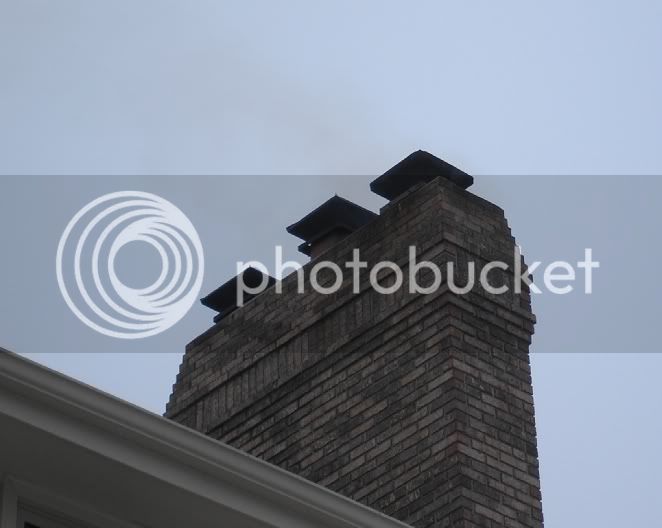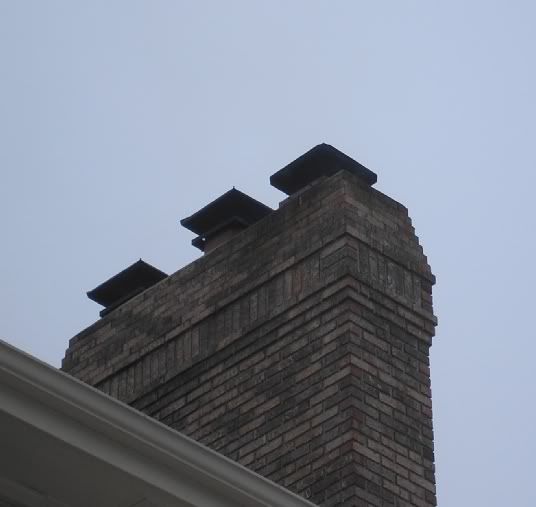raybonz
ArboristSite Operative
Well everything seems to be working great. Engaged the cat with probe reading 800. Quickly went to 1200, with the cat fully lit. Turned blower on and just checked it and the cat was still completely lit.
Before when I turned on the blower the right side (side the blower is mounted on) of the cat would always (since I've been paying attention) go from glowing to dark. About .25 of the cat surface would be affected/cooled.
Don't know if it is a coincidence, but it is looking promising.
Great job Brandon you're a smart guy! Still have a couple more 12 hr. days to work before I can look at this stove plus it is wicked cold here.. Last night got down to 15 (was 69 degrees when I got up both up and downstairs!) and tonight may hit single digits.. Brrrrrr
Ray
Was just thinking if the added insulation works out for you I may take you up on that offer.. Pretty interesting if this works as I think your efficiency will increase due to more complete burning of smoke..
Last edited:






